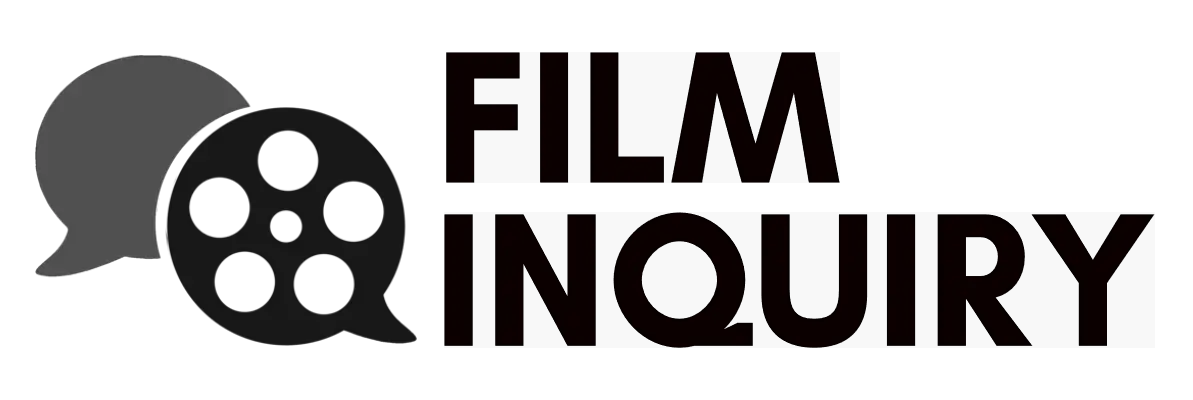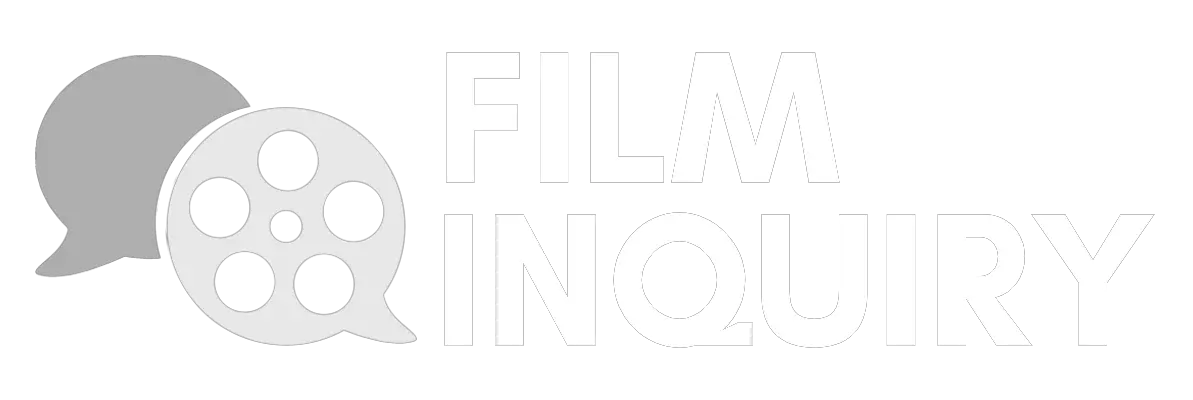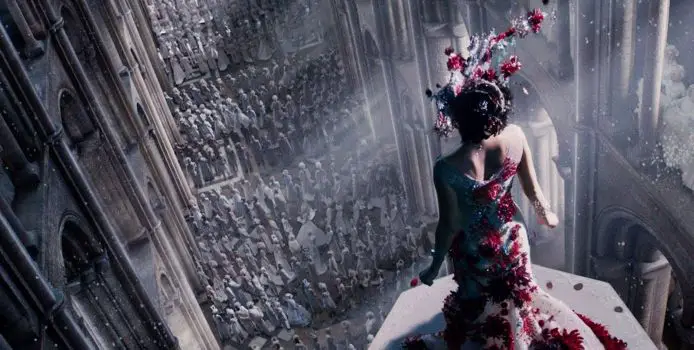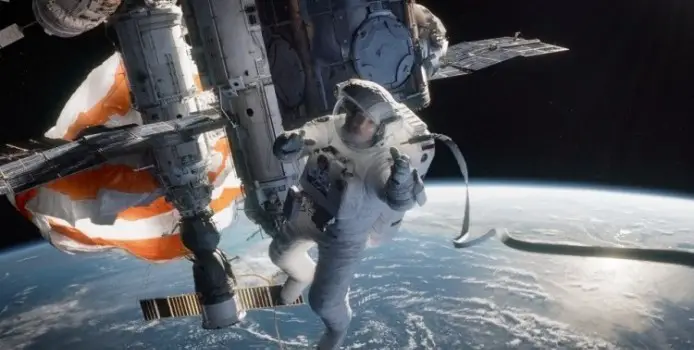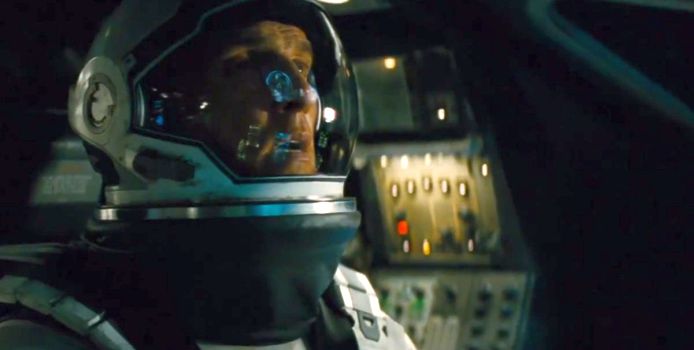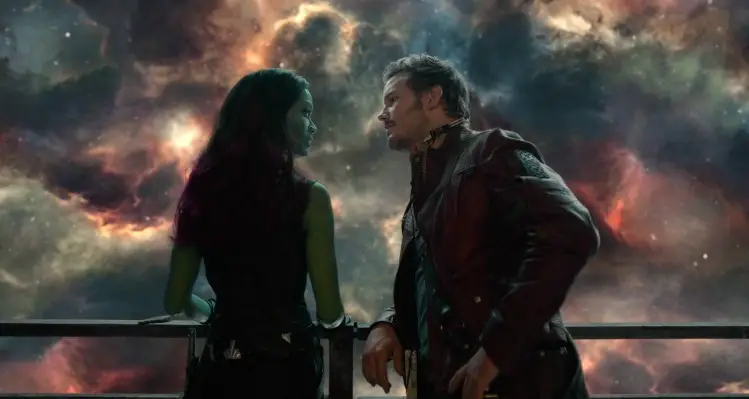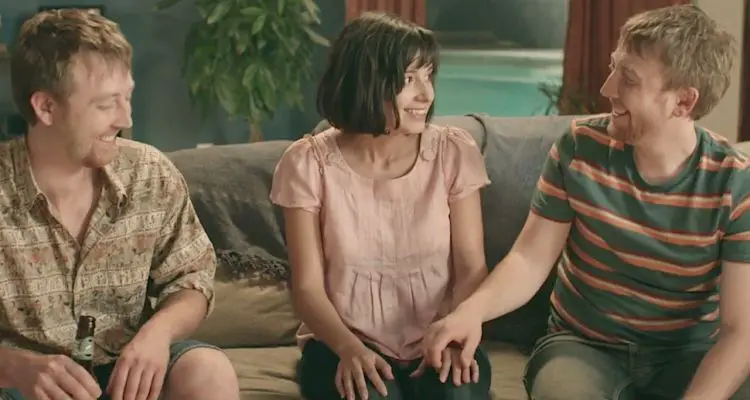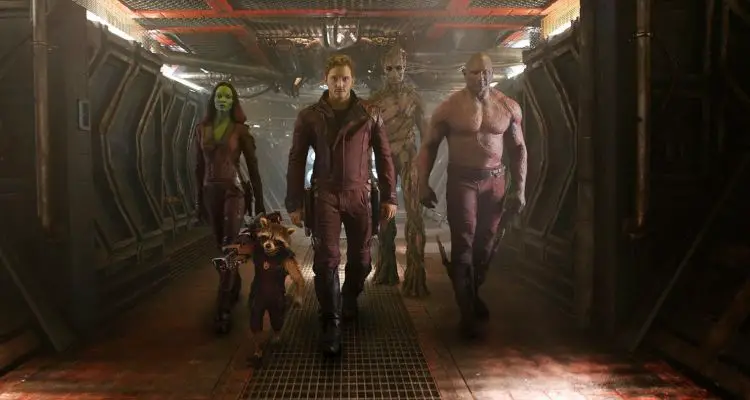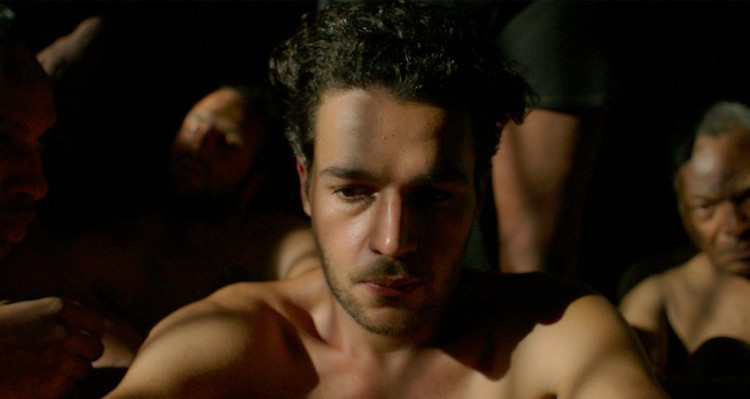science fiction
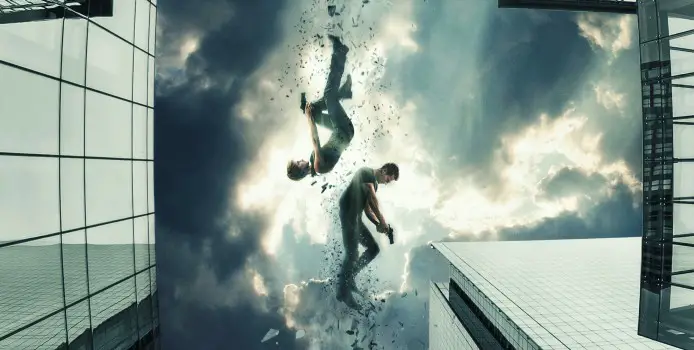
I had read Veronica Roth’s Divergent before the adaptation sauntered onto cinema screens, heralded as the next The Hunger Games, and what I discovered was that I preferred the film to the book. There was more action on show, and I felt that the film fixed many of the things I found problematic with the book’s narrative. So when I discovered that the book of Insurgent didn’t impress, I decided to bypass it and wait for the film.
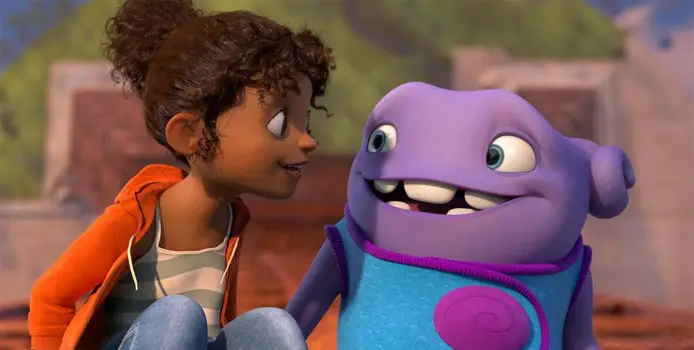
An animated film that is targeted towards young children should be colorful, with lots of movement and hopefully an outlandish character or two. Most importantly, though, it must have heart. It should tackle themes that are important to kids, and provide lessons that they can take away from the cinema and begin to apply to real life, not just in the way that they behave but also in the way that they understand the world around them.
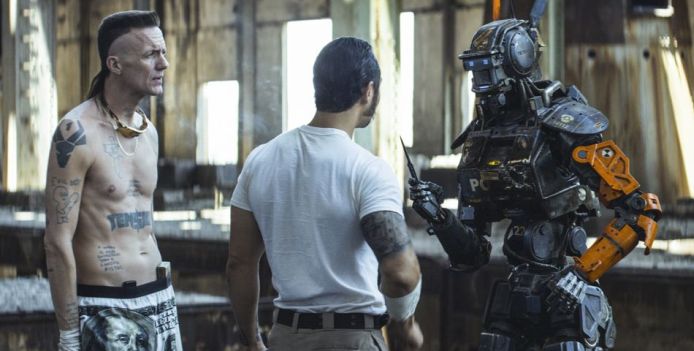
Neil Blomkamp is still a relatively new director in the game, though he has now done three movies. His first, District 9, is an intensely original feature, focusing on the subject of extraterrestrials who have come to Earth and suffer to live alongside the community of South Africa. It is at once both entertaining and politically charged, and was so well-received upon its release that it was even nominated for Best Picture at the Oscars, a very rare accomplishment for a sci-fi.
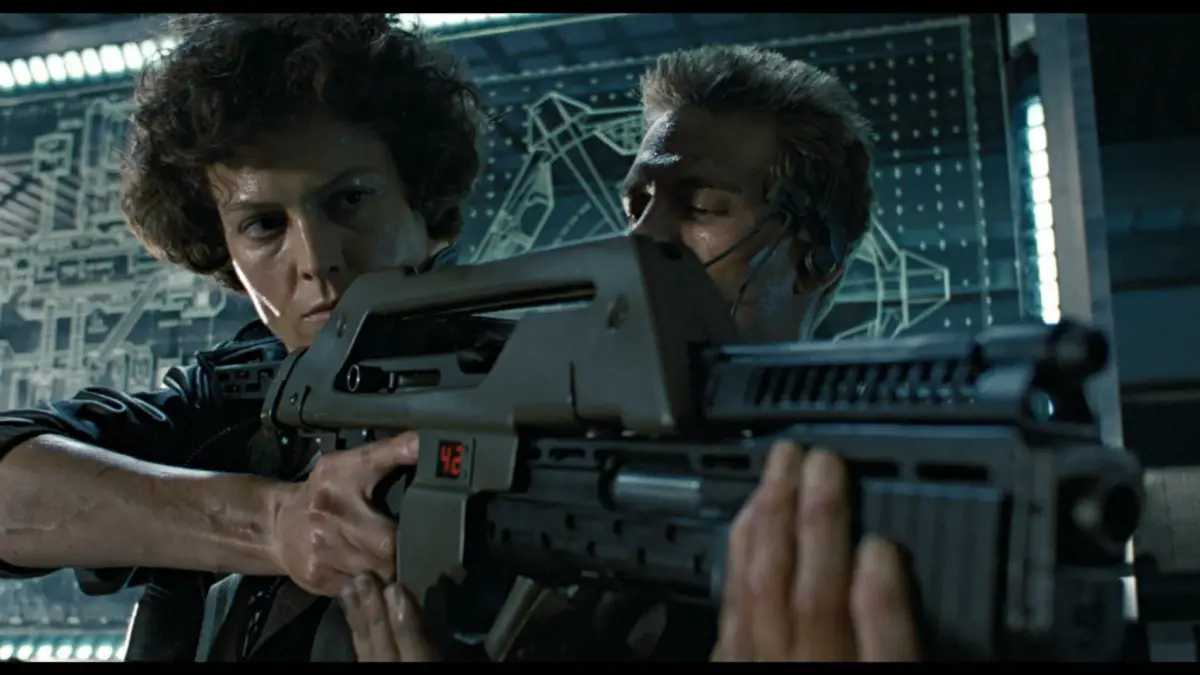
Back in January Neill Blomkamp, the director of District 9, Elysium and the forthcoming Chappie posted online some intriguing fan/concept art for an as-yet-announced project related to the now floundering Alien franchise. The art featured some very intriguing illustrations of not only Sigourney Weaver as an almost fully evolved Ripley/xenomorph hybrid but also Michael Biehn as a battle scarred Corporal Hicks. At the time nobody knew what they were for:
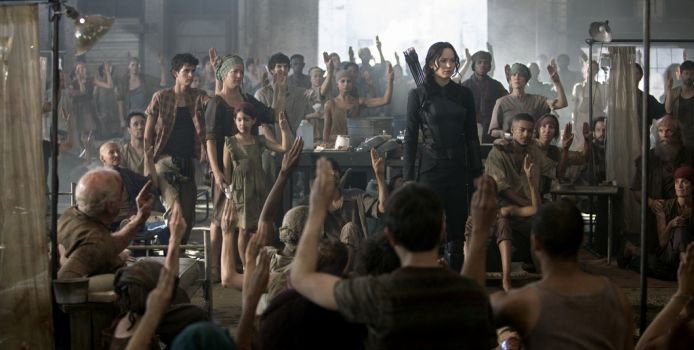
As much as I love movies, I’m completely against the franchise bandwagon. Every time I hear about a movie I love having a successful opening weekend at the box office I get a sense of impending dread that they are going to ruin my memories of it with a plethora of inferior sequels. Even though I grew up on the Harry Potter and Lord of the Rings franchises, both the books and the films, I’m not feeling nostalgia so much as cynicism whenever a prequel is announced or released.

Big Hero 6 takes the cultural stereotypes of the East and West, smashes them together to a fine powder, and fabricates from it a 100-minute ride that is so eye-poppingly pretty, so gently moving and so explosively inventive that it’s the most unabashed, jolting fun you’ll have at the movies this year. Even after turning out two very strong features like Wreck-it Ralph and Frozen, Disney proves once again that its capability to push boundaries of imagination is strengthening by each passing endeavor. Disney at its absolute peak Based on a Marvel comic, directors Don Hall and Chris Williams gather the immense arsenal of talent at Disney to conjure up on screen the beautiful cherry-bomb of a city called San Fransokyo – a hybrid mash-up of the architectural sensibilities and culture of San Francisco and Tokyo.
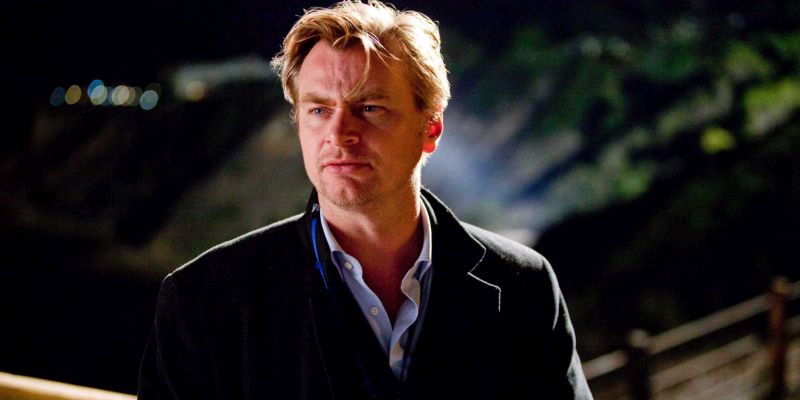
One of the year’s most-anticipated films is Interstellar, and it is directed by acclaimed director Christopher Nolan. It will be the first film he does exploring space. He began his resume with a short film called Doodlebug, and since then, he has taken Hollywood by storm directing nine films that include Following, Memento, Insomnia, The Prestige, Inception, and the The Dark Knight trilogy.
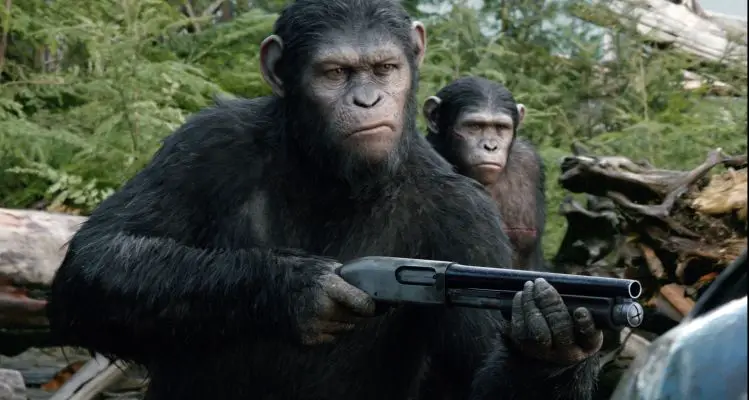
Dawn Of The Planet Of The Apes is the sequel to Rise Of The Planet Of The Apes (2011), which heralded the latest reboot of the Planet Of The Apes franchise. Dawn presents a story much more intelligent than you’d expect of a blockbuster, its creators having put an overwhelming amount of effort into creating a world that is believable, into creating a wholly new culture for characters that are unique and relatable, furry or not. Rise was good, but Dawn is even better.
